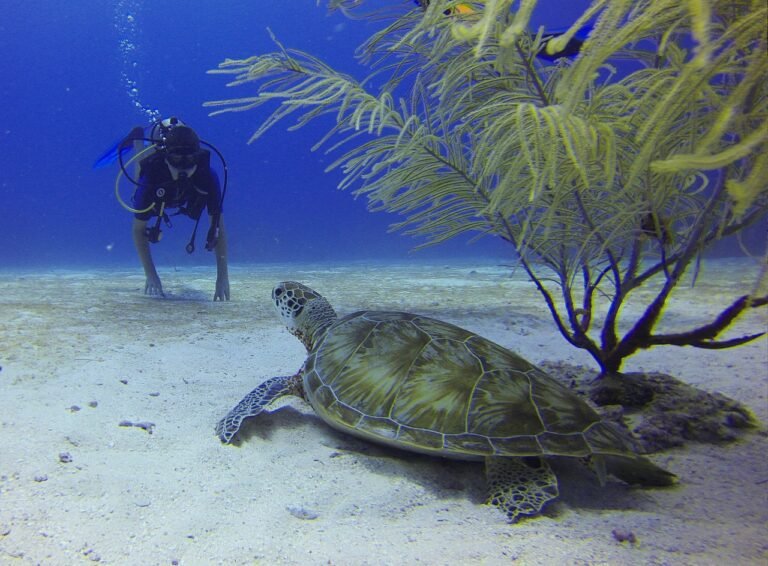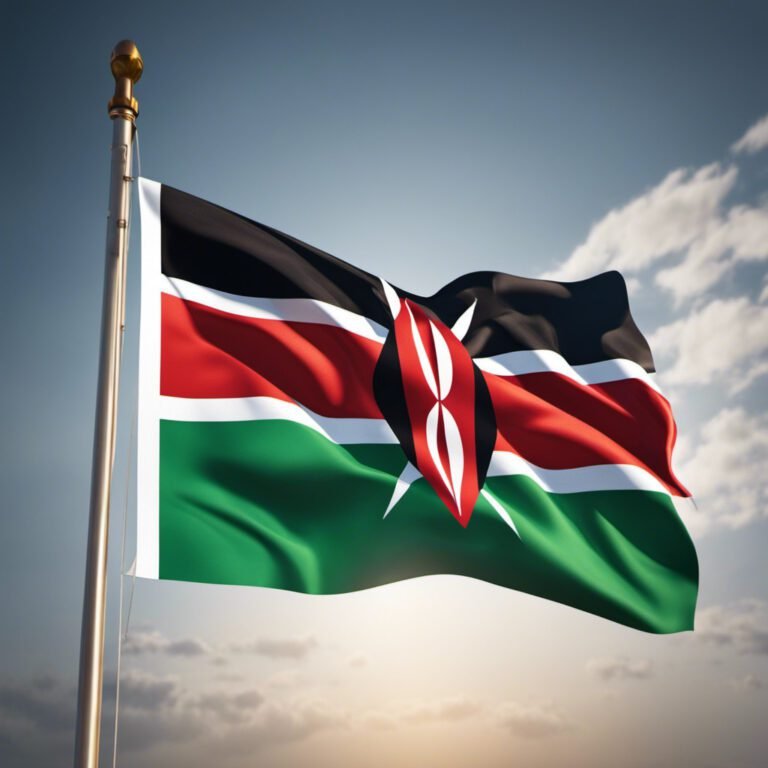Are There Any Endangered Species In Kenya?
In Kenya, a country known for its breathtaking landscapes and diverse wildlife, many wonder if there are any endangered species left within its borders. Today, we will explore the incredible biodiversity of Kenya and uncover whether any of its iconic animals are in danger of disappearing. From the majestic elephants to the elusive black rhinos, join us on a journey to discover the status of endangered species in Kenya and the efforts being made to protect them. Yes, unfortunately, Kenya is home to several endangered species. The country’s diverse and unique ecosystems provide habitat for a wide range of plants and animals, but many of these species are facing threats that put them at risk of extinction. In this article, we will explore the endangered species in Kenya, the causes of their endangerment, the conservation efforts being made to protect them, success stories, and the challenges and future perspectives of conservation in the country.
Overview
Kenya is renowned for its remarkable biodiversity, encompassing a vast array of animal, bird, and plant species. However, this richness is tinged with concern as a number of these species face the threat of extinction. The country’s diverse ecosystems, including savannas, forests, and wetlands, provide habitat for a range of endangered species, each with its own unique characteristics and ecological importance. By understanding the causes of their endangerment and implementing effective conservation strategies, there is hope for securing a future for these iconic species.
Causes of Endangerment
The endangerment of species in Kenya can be attributed to various factors, primarily human activities. Habitat loss stands as one of the leading causes, as deforestation, urbanization, and agricultural expansion result in the destruction and fragmentation of natural habitats. This greatly impacts both plant and animal species that rely on specific ecosystems for survival.
Another significant threat is poaching, primarily driven by the illegal wildlife trade. Iconic species such as lions and rhinos are targeted for their body parts, which are highly valued in traditional medicine or as status symbols. This illicit trade has had a devastating impact on populations, pushing them closer to the brink of extinction.
Climate change also poses a significant threat to the survival of endangered species in Kenya. Rising temperatures, changing rainfall patterns, and increased frequency of extreme weather events can disrupt ecosystems, alter habitat suitability, and negatively impact reproductive cycles and food availability.
Conservation Efforts
Despite the challenges, Kenya has made significant strides in conservation efforts to protect its endangered species. Various initiatives and organizations are working tirelessly to reverse the decline in populations and ensure a sustainable future.
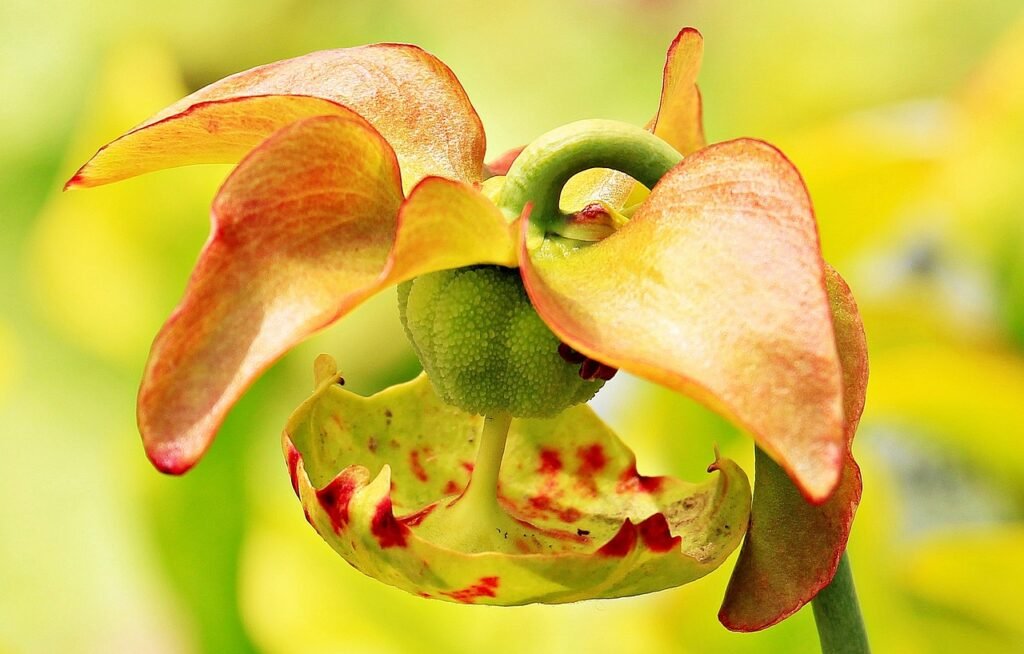
This image is property of pixabay.com.
Animal Species
Lion
Known as the “king of the jungle,” the lion population in Kenya has experienced a significant decline. To address this, conservation organizations and the Kenyan government have implemented anti-poaching measures, increased protected areas, and developed community-based conservation programs. These efforts aim to mitigate human-wildlife conflicts and raise awareness about the importance of lion conservation.
Black Rhino
The black rhino, one of Africa’s most endangered animals, faces constant threats from poaching for its valuable horn. Rhino conservation programs, such as the Rhinoceros Conservation Program, have been implemented to safeguard these animals. Stringent anti-poaching measures, increased surveillance, and translocation efforts have helped stabilize the population to some extent.
Grevy’s Zebra
Grevy’s zebra, characterized by its distinctive large ears and thin stripes, is also under threat. Conservation efforts focus on habitat protection, community engagement, and raising awareness about the importance of conserving this unique species. Organizations like the Grevy’s Zebra Trust play a crucial role in developing innovative approaches to conserve and monitor Grevy’s zebras.
African Elephant
The African elephant population in Kenya has seen a decline due to increased poaching for ivory. However, concerted efforts, such as the Elephant Protection Initiative, have been instrumental in protecting elephants and their habitats. Anti-poaching measures, community-led conservation programs, and educational campaigns have played a vital role in raising awareness and reducing elephant poaching.
Bird Species
Taita Thrush
The Taita Thrush, a rare and endemic bird species found in the Taita Hills of Kenya, is critically endangered. Conservation organizations are working on habitat restoration, reforestation, and protecting the remaining forests to ensure the survival of this unique bird.
Sokoke Scops Owl
The Sokoke Scops Owl, found in the coastal forests of Kenya, is facing habitat loss due to deforestation and degradation. Conservation efforts focus on protecting its habitat, educating local communities about the importance of conservation, and promoting sustainable land-use practices.
Papyrus Canary
The Papyrus Canary, a stunning bird species found in wetlands and marshes, is threatened by habitat loss and degradation. Conservation organizations are working towards protecting its habitats, implementing habitat restoration programs, and promoting sustainable use of wetland resources to ensure the survival of this beautiful bird.
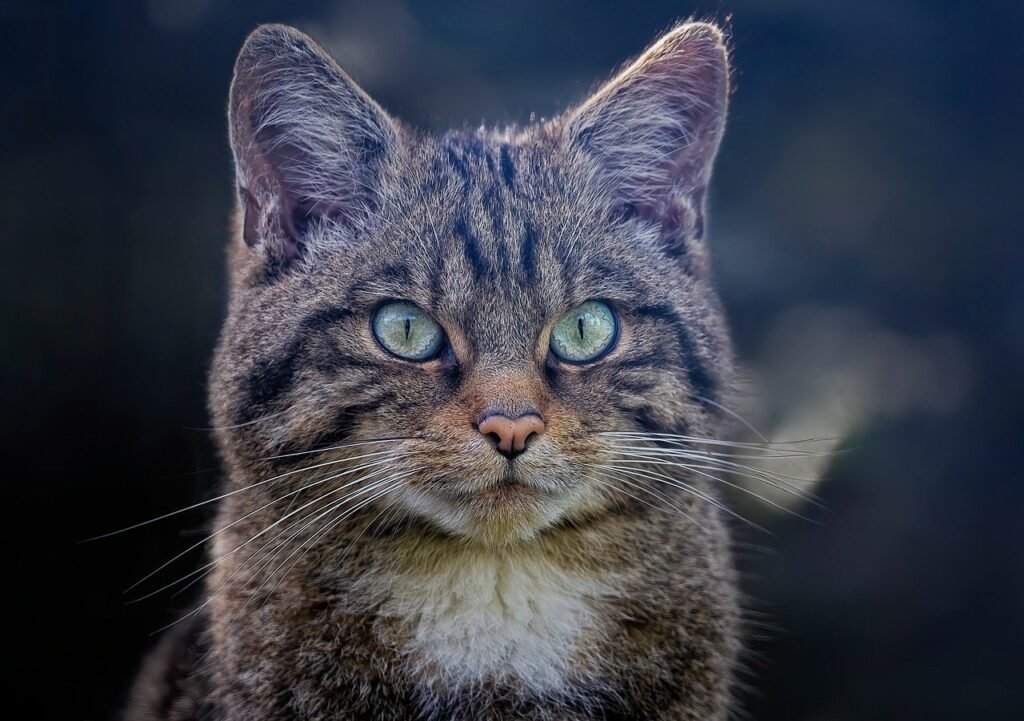
This image is property of pixabay.com.
Plant Species
Yellowwood Tree
The Yellowwood Tree, a magnificent and slow-growing species, faces threats from habitat loss and over-exploitation for timber. Efforts to protect this tree include establishing protected areas where it can thrive, promoting sustainable logging practices, and raising awareness about the importance of conserving this unique species.
Afzelia Quanzensis
Afzelia Quanzensis, known as the Pod Mahogany, is a tree species that is highly valued for its timber. The intensive logging and habitat destruction have resulted in a decline in their populations. Conservation efforts aim to protect their remaining habitats, promote sustainable forestry practices, and encourage community involvement in conservation activities.
Olea Capensis
The Olea Capensis, commonly known as the Cape Olive, is an endangered tree species found in Kenya. Habitat loss, deforestation, and exploitation for firewood threaten its survival. Conservation initiatives focus on raising awareness, establishing protected areas, and implementing sustainable resource management practices to safeguard this valuable tree species.
Efforts to Protect Endangered Species
Protected Areas
Kenya has established numerous protected areas, including national parks, reserves, and conservancies, to safeguard the habitats of endangered species. These protected areas serve as havens for flora and fauna, providing refuge from poaching, habitat loss, and other threats. Strict regulations and anti-poaching measures are enforced to ensure the safety and preservation of these areas.
Community-Based Conservation
Engaging local communities in conservation efforts is crucial for the long-term success of protecting endangered species in Kenya. Community-based conservation initiatives involve local communities in decision-making processes and empower them to take ownership of their natural resources. By promoting sustainable livelihoods and fostering a sense of pride and responsibility, community-based conservation contributes to the protection of species and habitats.
Conservation Organizations
Several organizations, both local and international, are actively working to protect endangered species in Kenya. These organizations play a vital role in funding research, conservation projects, and community engagement programs. They collaborate with government agencies, local communities, and other stakeholders to develop comprehensive conservation strategies and ensure the effective implementation of conservation efforts.
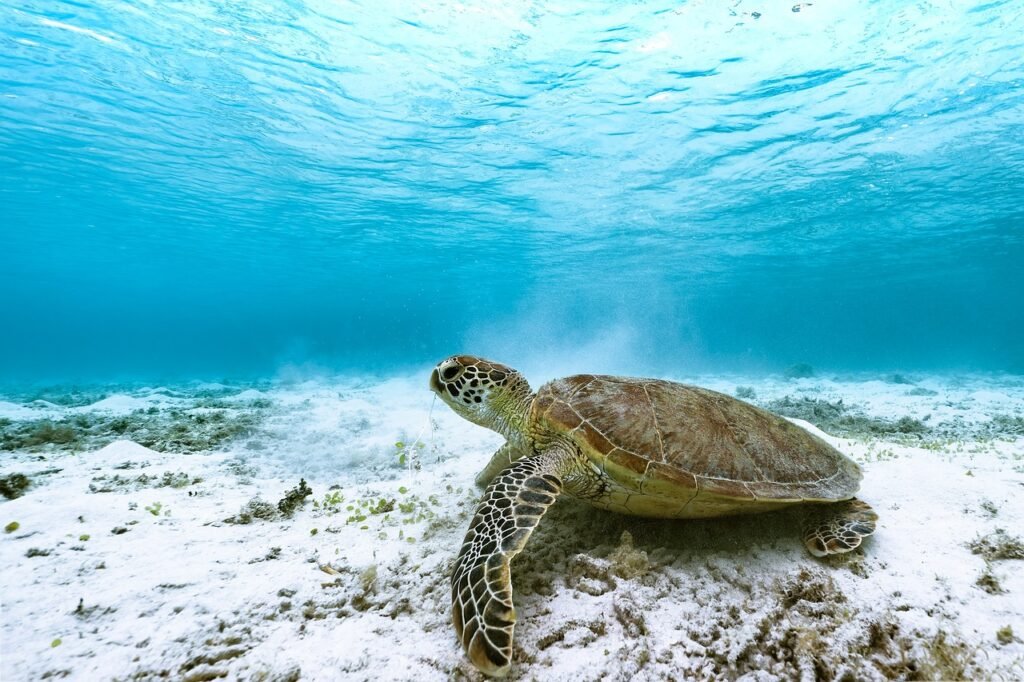
This image is property of pixabay.com.
Success Stories
Rhinoceros Conservation Program
The Rhinoceros Conservation Program has been highly successful in safeguarding black rhino populations in Kenya. Through a combination of anti-poaching efforts, translocation of individuals to safe havens, and community involvement, rhino populations have witnessed a gradual resurgence. This program serves as a model for effective rhino conservation and highlights the importance of collaborative efforts.
Lion Guardians
The Lion Guardians program is a community-based conservation initiative that combines traditional Maasai culture with modern conservation practices. By recruiting and training Maasai warriors as “Lion Guardians,” the program helps reduce lion-human conflicts, monitor lion movements, and raise awareness about lion conservation within local communities. This innovative approach has contributed to the stabilization of lion populations in certain areas and serves as an inspiration for other conservation programs.
Challenges and Future Perspectives
Poaching
Poaching remains a significant challenge in Kenya, fueled by global demand for wildlife products and inadequate law enforcement. Efforts to combat poaching must be intensified, with a focus on strengthening anti-poaching units, increasing penalties for wildlife trafficking, and raising awareness about the ecological importance of endangered species.
Habitat Loss
Habitat loss continues to be a pressing concern for endangered species in Kenya. Sustainable land-use practices, reforestation efforts, and stricter regulations on deforestation and land conversion are essential to mitigate the effects of habitat loss and ensure the survival of species dependent on specific ecosystems.
Climate Change
Climate change poses a long-term threat to the survival of endangered species in Kenya. Adaptation strategies such as habitat restoration, promoting resilient landscapes, and reducing greenhouse gas emissions are critical for minimizing the adverse impacts of climate change on these vulnerable species.
In conclusion, Kenya is home to a variety of endangered species facing numerous challenges. Despite these challenges, there are promising conservation efforts underway, including protected areas, community-based initiatives, and the work of dedicated organizations. While there is much work still to be done, success stories such as the Rhinoceros Conservation Program and Lion Guardians demonstrate the positive outcomes that can be achieved through collaborative and innovative conservation approaches. By addressing the causes of endangerment, protecting critical habitats, and raising awareness about the importance of biodiversity, there is hope for securing a future for Kenya’s endangered species.


